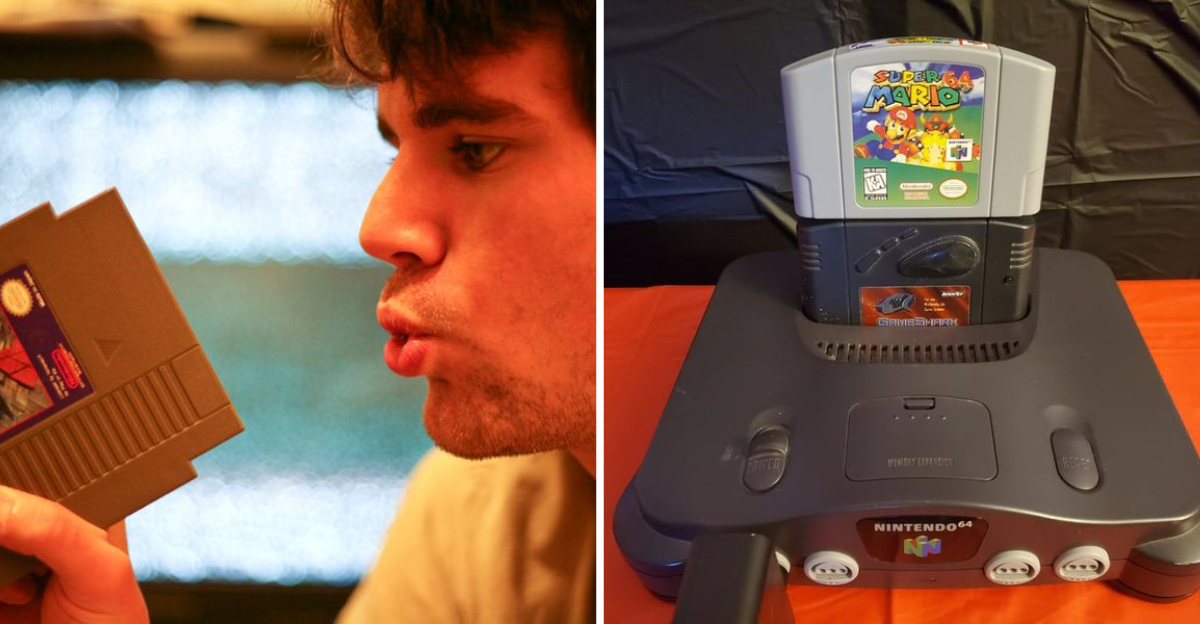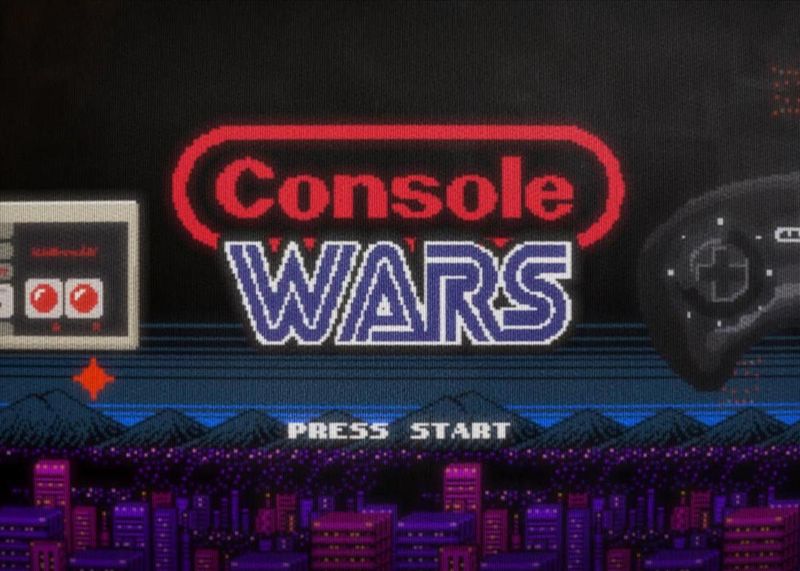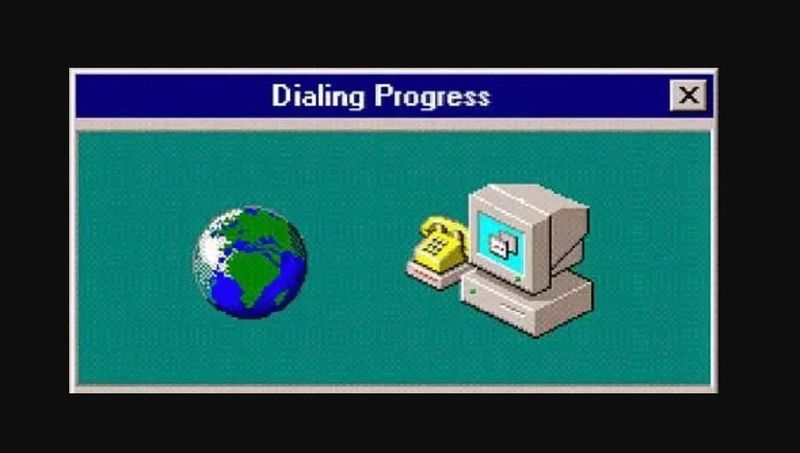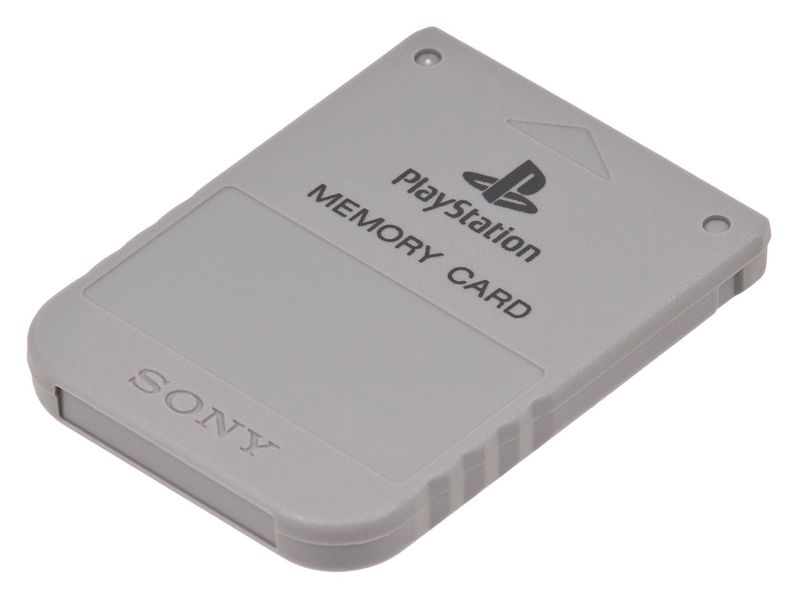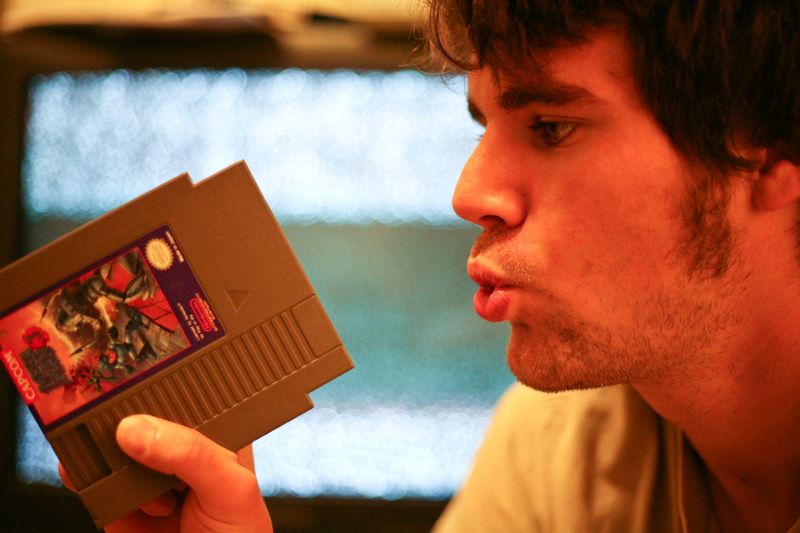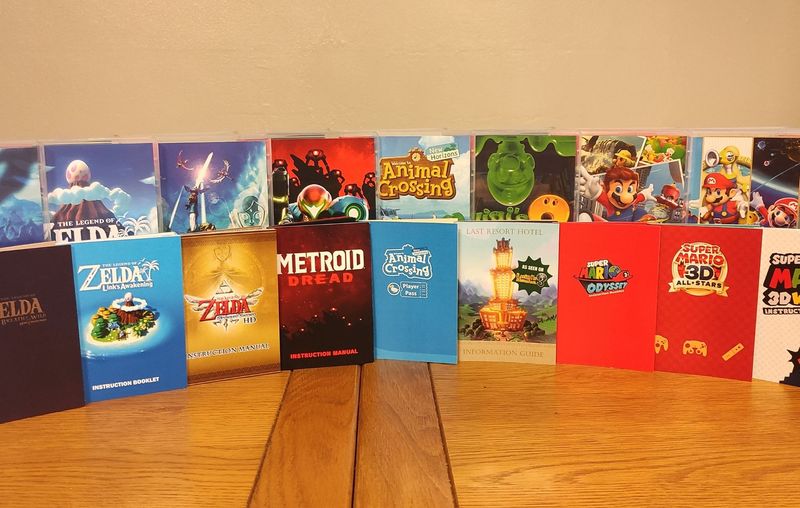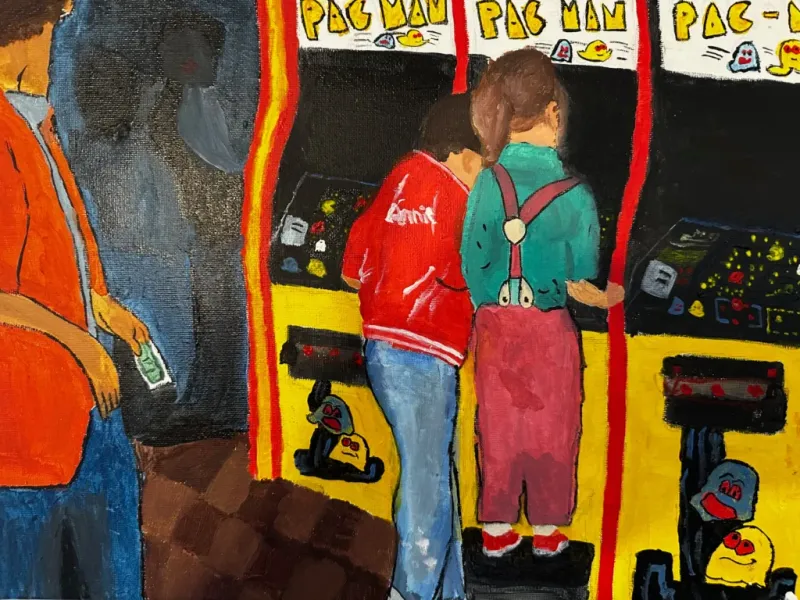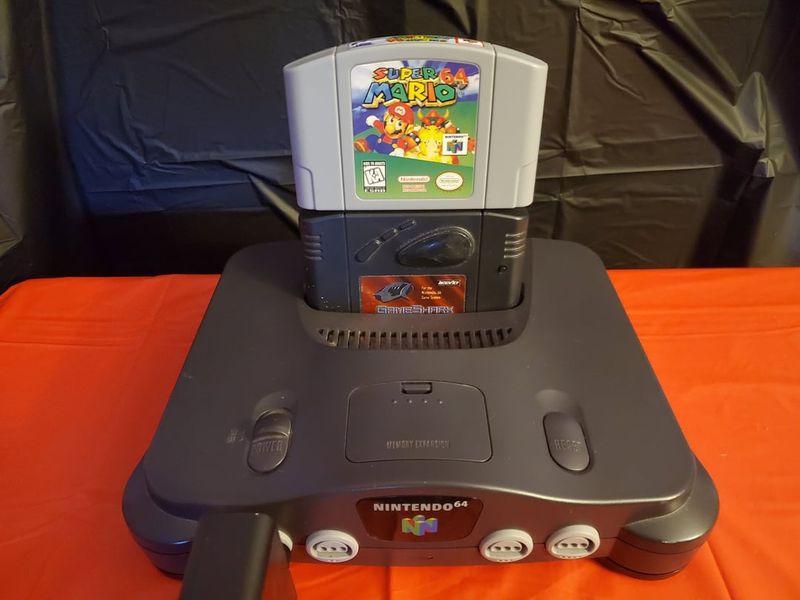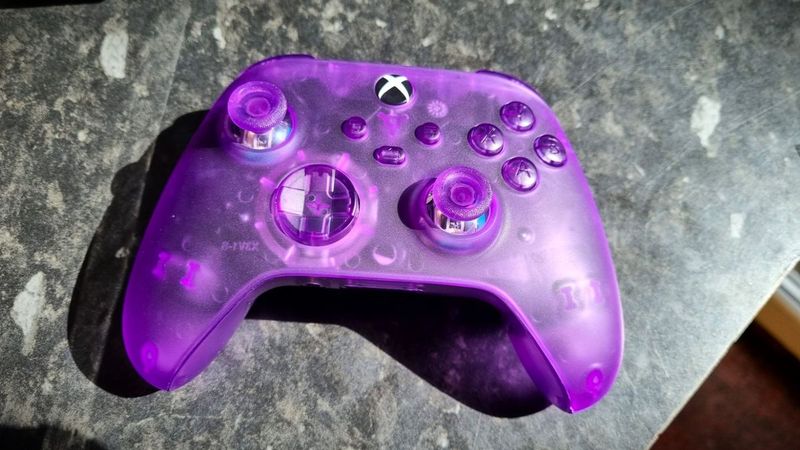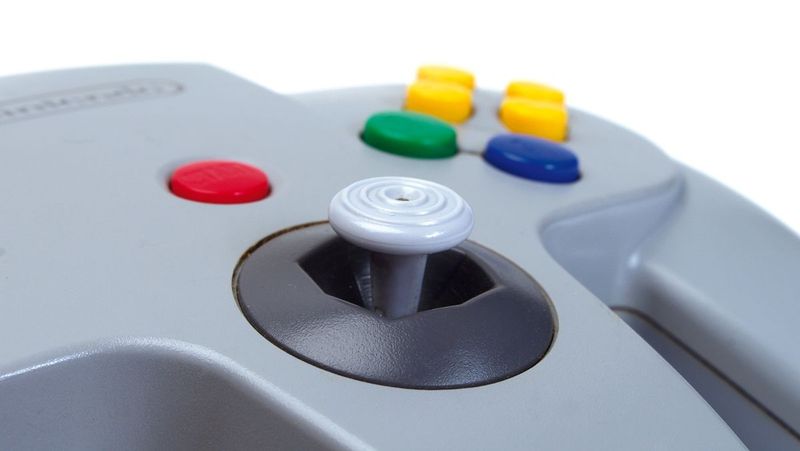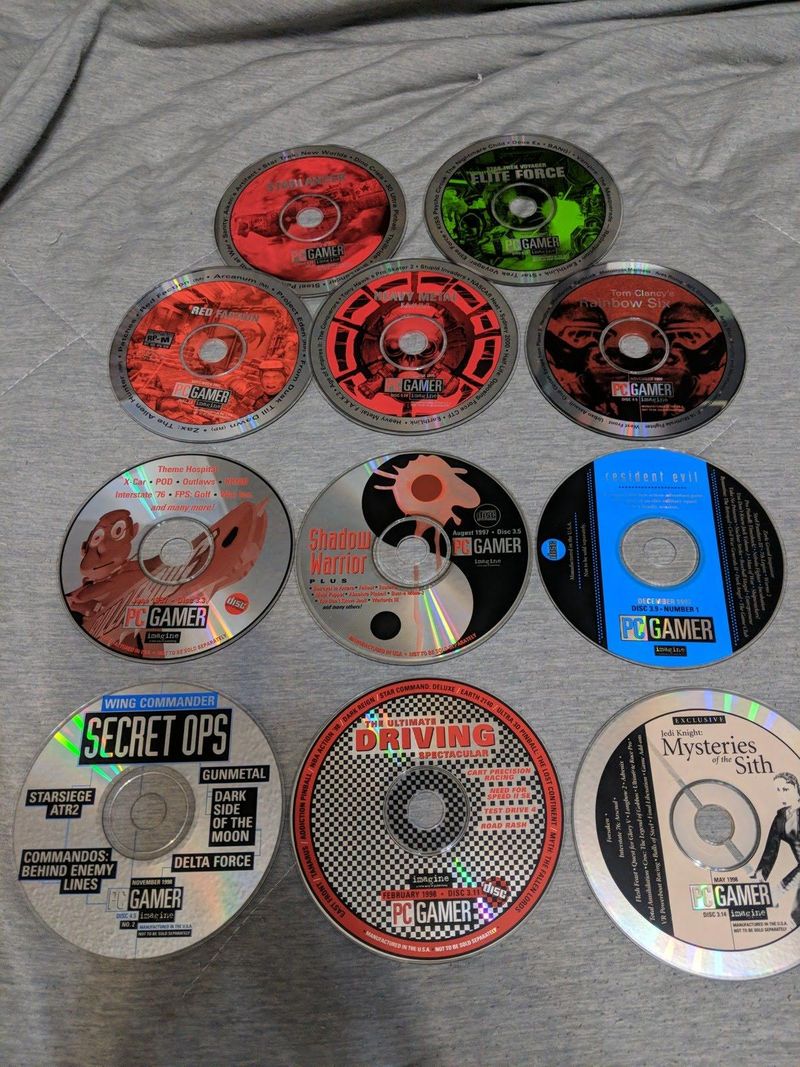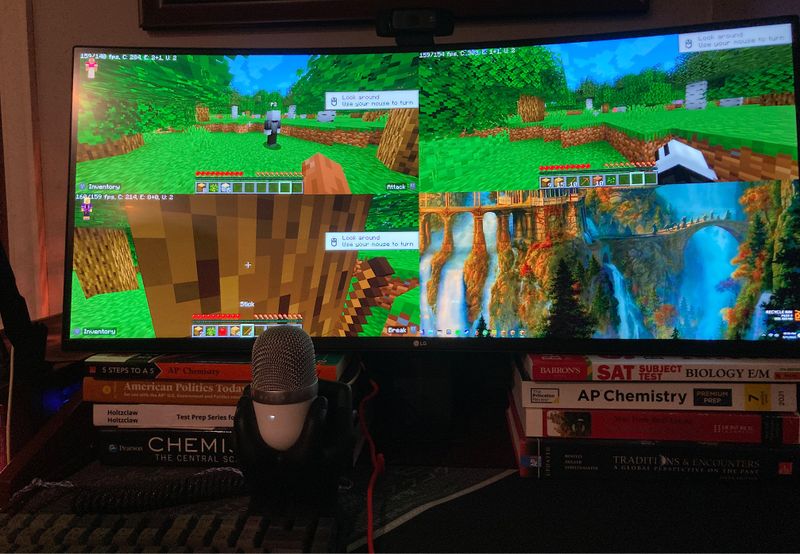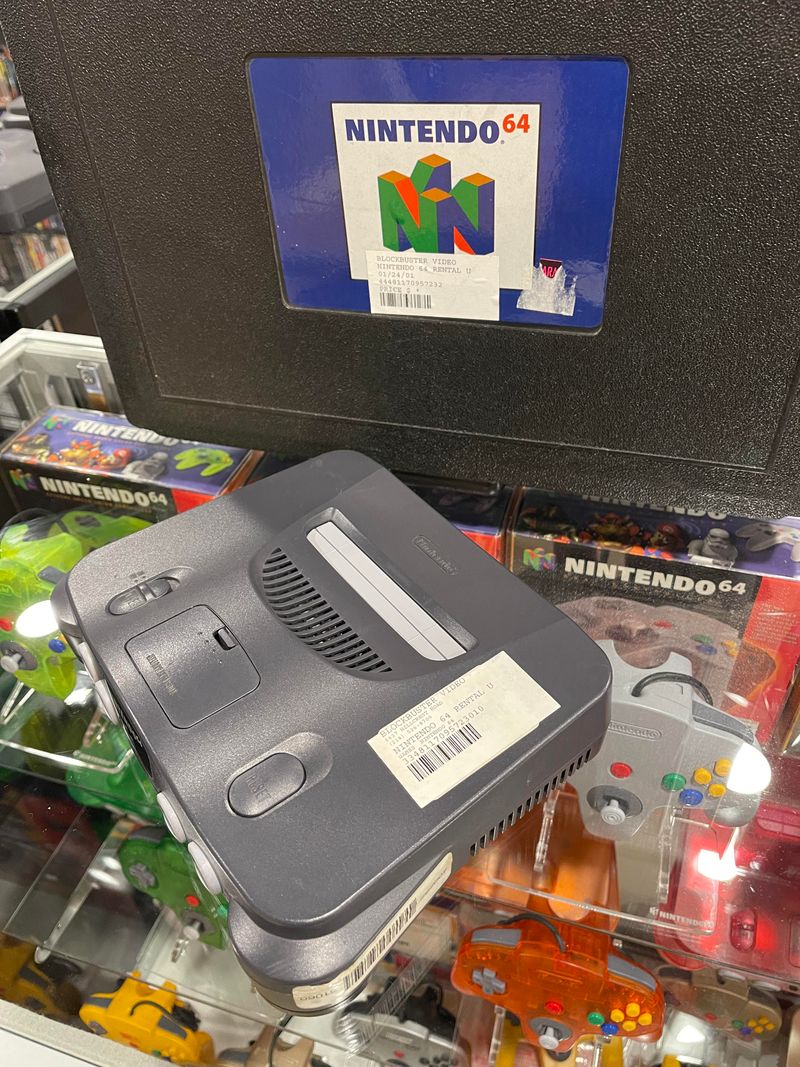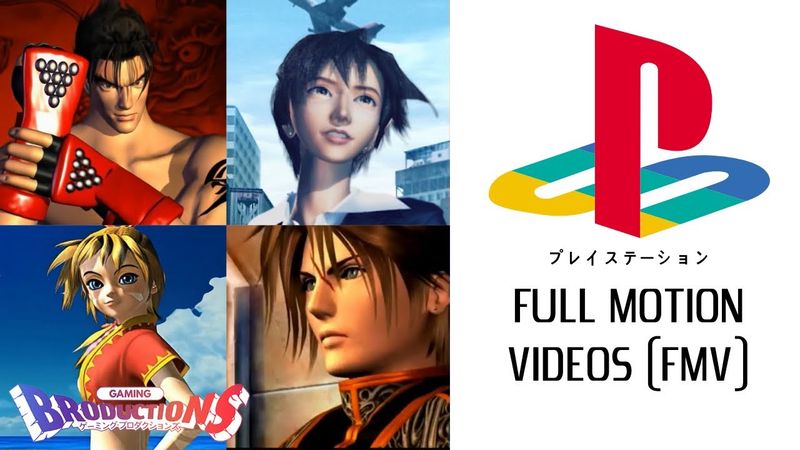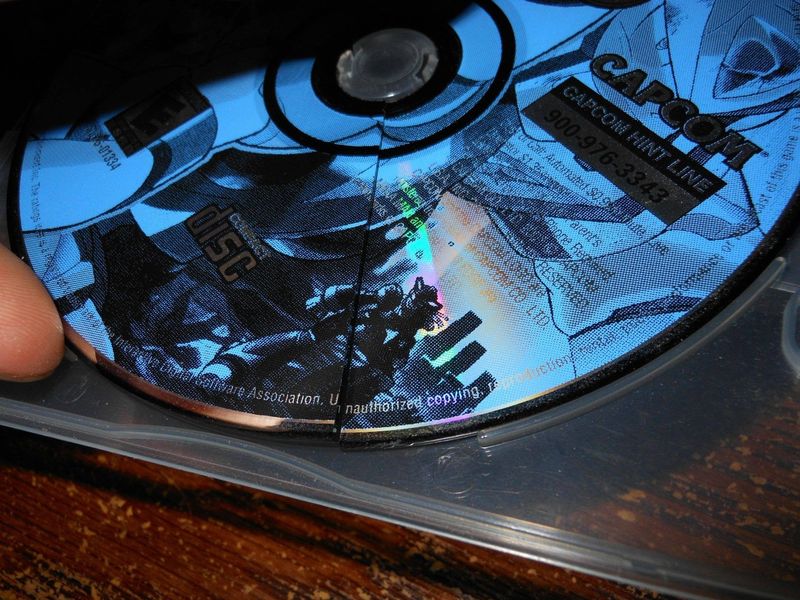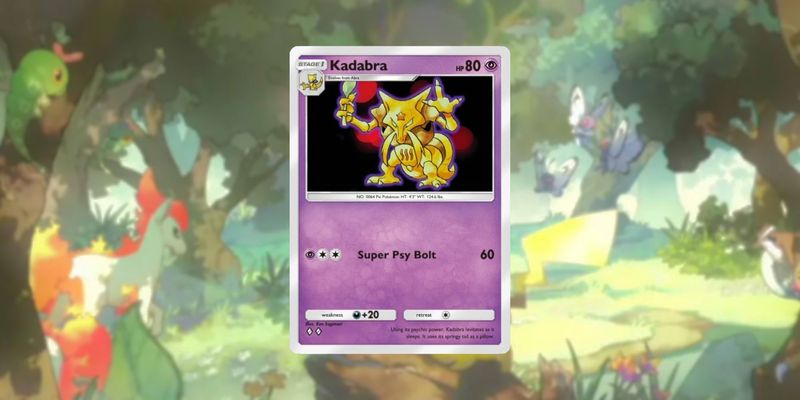The 1990s was a defining decade for gaming, filled with memorable experiences and iconic moments that shaped a generation of gamers. From the thrill of cartridge-based games to the rise of arcades as social venues, this era offered unique experiences that today’s gamers might find quaint or unfamiliar. This list celebrates 15 things that only gamers from the 90s will remember, taking you on a nostalgic journey through the past. Whether it’s the epic console wars or the joy of finding a rare Pokémon card, these memories are sure to spark fond recollections for those who lived through this golden age of gaming.
1. The Console Wars: Sega vs. Nintendo
The 90s were defined by the fierce rivalry between Sega and Nintendo, each vying for dominance in the gaming industry. Gamers were often loyal to one side, passionately debating the superiority of Sonic over Mario or the graphics of Genesis versus Nintendo. This competition fueled innovation, leading to iconic games and memorable marketing campaigns. While Sega introduced edgy titles, Nintendo focused on family-friendly adventures. The rivalry created a sense of community among fans, who bonded over their chosen console. This era laid the groundwork for today’s gaming landscape.
2. Dial-Up Internet and Laggy Online Play
Before the age of broadband, dial-up internet was the norm, and online gaming was a test of patience. The iconic screeching sound of connecting to the internet was a prelude to lag-filled gaming sessions. Gamers had to endure long loading times and frequent disconnections. Playing online meant tying up the family phone line, leading to conflicts with other household members. Despite the challenges, online play offered a glimpse into a connected world, allowing players to compete globally. It was an exciting, albeit frustrating, introduction to multiplayer gaming.
3. Memory Cards Were a Necessity
In the 90s, memory cards were essential for saving game progress, a concept that might baffle today’s gamers. Unlike the auto-save features we enjoy now, players had to manually save their progress. Memory cards, small and portable, were treasured possessions. Losing or corrupting one meant starting over from scratch, a nightmare for dedicated gamers.
Creative labeling and organizing of these cards became an art form, with players often sharing tips on maximizing storage. This reliance on memory cards taught gamers valuable lessons in organization and caution.
4. Blowing Into Cartridges
Every 90s gamer swore by the method of blowing into game cartridges to make them work again. Although there’s no scientific proof that this technique worked, it became a ritual for many. Cartridges for systems like the NES and Sega Genesis were prone to dust, and this was a quick fix.
The act itself was often accompanied by a hopeful pause before reinserting the cartridge. It became an endearing part of gaming culture, creating a shared experience among gamers. This quirky practice is fondly remembered as part of the gaming routine.
5. Game Manuals Were Actually Useful
Before in-game tutorials, game manuals were a player’s best friend. These booklets, often filled with artwork and backstories, provided essential information on controls and gameplay strategies. Reading them was part of the game anticipation, often done on the ride home from the store.
Manuals were more than just instructions; they were a gateway into the game’s world. Collecting and preserving them became a hobby for some. As digital downloads grew, these manuals faded, leaving behind nostalgia for a time when they were a crucial part of the gaming experience.
6. Arcades Were Social Hubs
Arcades in the 90s were vibrant social hubs where gamers gathered to compete and socialize. The excitement of challenging friends to a game of Street Fighter or Mortal Kombat created a lively atmosphere. Arcades were places to show off skills and claim bragging rights.
The sound of buttons mashing and coins clinking was synonymous with fun. These venues offered a sense of community, where players of all skill levels could connect. Though many arcades have disappeared, their legacy lives on in the memories of those who spent countless hours within their neon-lit walls.
7. Cheat Codes and GameShark
In the 90s, mastering cheat codes and using devices like GameShark was an essential part of the gaming experience. Unlocking hidden features or effortlessly defeating a difficult boss was exhilarating. Cheat codes, often shared among friends, became a secret language.
The thrill of discovering a new code was unmatched. GameShark devices added another layer, allowing players to manipulate games in unforeseen ways. While some purists frowned upon cheats, others embraced them as a form of creativity. This era of cheat codes fostered a sense of camaraderie and exploration among gamers.
8. Blindingly Bright Atomic Purple Controllers
The late 90s saw the rise of translucent controllers, with the Atomic Purple N64 controller becoming an icon. Its vibrant, see-through design was both futuristic and stylish, allowing gamers to glimpse the inner workings. These controllers added flair to gaming setups and were a hot topic among friends.
Owning one was a statement, representing a unique blend of technology and fashion. Though modern controllers focus on ergonomics and features, the nostalgia for those bold, colorful designs remains strong. This trend highlighted the playful and innovative spirit of the 90s gaming scene.
9. The Frustration of Losing a Save File
Losing a save file was every 90s gamer’s nightmare, especially after investing countless hours into a game. Memory cards were prone to corruption or accidental deletion, leading to heart-wrenching losses. This frustration taught gamers resilience and the importance of backing up data.
The anxiety of checking if a save file was intact before starting a game became a routine. Despite the setbacks, these experiences added emotional depth to gaming, making victories sweeter. Today, cloud saves offer security, but the lessons learned from those mishaps remain.
10. The Magic of Demo Discs
Demo discs were a gateway to the future of gaming, offering sneak peeks into upcoming titles. Often included with gaming magazines, these discs were treasures for gamers eager to try new games. Playing demos was a thrilling experience, sparking discussions and anticipation for full releases. They provided a cost-effective way to explore different genres, shaping purchasing decisions.
Though digital downloads have replaced them, demo discs represent a cherished era of discovery and excitement. For 90s gamers, they were more than just previews; they were glimpses into the evolving world of gaming.
11. Local Multiplayer Meant Split-Screen Gaming
Split-screen gaming defined local multiplayer in the 90s, bringing friends together for intense sessions. Huddled around a CRT TV, players battled it out in games like GoldenEye 007, mastering the art of sharing a screen. This setup fostered teamwork and friendly rivalries, with each corner of the screen becoming a personal battleground.
The laughter and competition that ensued were unforgettable, creating lasting friendships. While online multiplayer dominates today, the spirit of split-screen gaming lives on in the memories of those who experienced its unique charm.
12. Renting Games from Blockbuster
Before digital downloads, renting games from Blockbuster was a weekend ritual for many gamers. The thrill of browsing aisles filled with game cases, each promising new adventures, was unmatched. Choosing the perfect game for a limited time added excitement and anticipation.
Renting allowed players to explore a variety of titles without committing to a full purchase. This experience fostered a sense of discovery and adventure, as gamers eagerly returned to try new releases. While Blockbuster has faded into history, the memory of those weekend game rentals remains vivid for 90s gamers.
13. Pixelated FMV Cutscenes
Full-motion video (FMV) cutscenes added a cinematic touch to 90s games, despite their pixelated quality. Titles like Resident Evil captivated players with dramatic storytelling and real-life actors. These scenes, blending live action with gameplay, were groundbreaking for the era.
The pixelation added to their charm, creating a unique visual style. FMV cutscenes immersed players in the game’s narrative, enhancing the overall experience. While modern graphics have surpassed these early efforts, their nostalgic appeal endures. For 90s gamers, FMVs were a glimpse into the future of interactive storytelling.
14. CD Scratches Were a Gamer’s Worst Nightmare
In the 90s, CDs became the primary medium for games, bringing improved graphics and sound. However, they were easily scratched, leading to frustrating interruptions. A single scratch could render a game unplayable, making careful handling essential. Gamers developed techniques to clean and repair discs, often with mixed results.
This challenge taught patience and care, as players learned to protect their precious collections. Though digital formats have eliminated this issue, the anxiety of inspecting a CD for scratches remains a vivid memory. It was a lesson in the fragility and value of physical media.
15. The Joy of Finding a Rare Pokémon Card
Collecting Pokémon cards was a phenomenon in the 90s, with the thrill of finding a rare card unmatched. Gamers and collectors alike cherished these treasures, often trading with friends to complete their decks. Discovering a shiny Charizard or holographic card felt like winning a lottery.
The excitement of opening a new pack, hoping for that elusive rare, fostered a sense of community and shared passion. Pokémon cards transcended gaming, becoming a cultural icon. This era of collecting left a lasting legacy, with many still cherishing their collections as cherished mementos.
